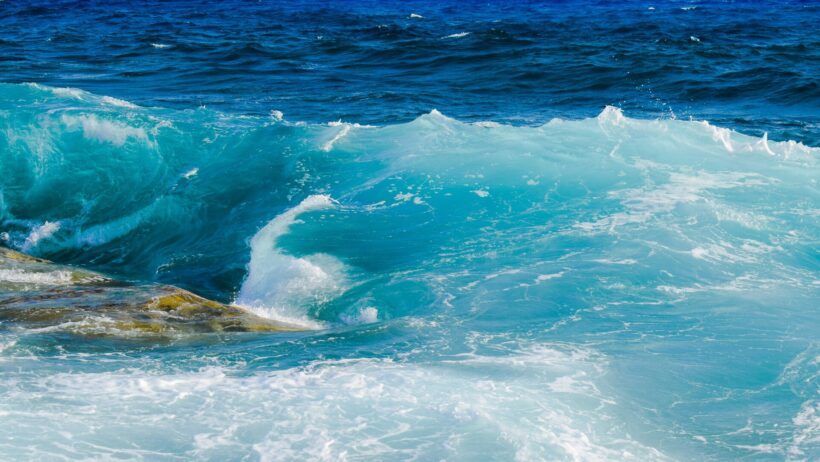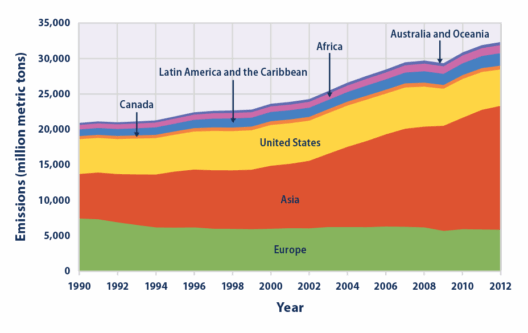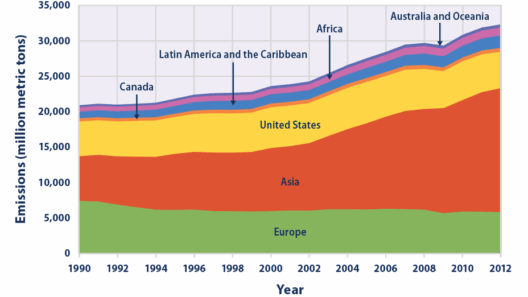The Netherlands, a country often celebrated for its innovative approaches to water management, finds itself at a crucial juncture in its history. Home to an extensive network of waterways and low-lying landscapes, nearly a third of its territory is situated below sea level. As climate change accelerates, bringing forth a daunting rise in sea levels, the Dutch nation faces unprecedented challenges. Will the Netherlands maintain its legacy as a bastion against the encroaching tides, or will it succumb to the relentless advance of the sea?
The relationship between the Dutch and water is both intricate and profound. For centuries, the Netherlands has battled against the whims of nature, employing a comprehensive system of dikes, dams, and innovative water management techniques. These measures were indispensable in reclaiming land from the North Sea and have enabled the country to flourish amidst a challenging environment. Yet, as the global climate continues to shift, these historic strategies are being put to the test. Rising seas pose a profound threat, demanding not only resilience but also adaptive ingenuity.
A key player in this ongoing saga is the Delta Works, a monumental series of dams, sluices, locks, dikes, and flood barriers, constructed following the catastrophic North Sea Flood of 1953. This extensive engineering marvel exemplifies Dutch ingenuity and serves as a bulwark against rising tides. However, the future of this iconic infrastructure lies in question. Are current measures sufficient to withstand the projected increases in sea levels? Rising sea levels can no longer be considered a distant threat but an imminent challenge requiring proactive solutions.
While engineers and policymakers diligently work on safeguarding existing structures, they must also rise to the occasion by implementing novel strategies for adaptation. Elevating flood defenses, enhancing drainage systems, and investing in climate-resilient infrastructure are just a few of the initiatives being explored. Furthermore, the integration of ecological approaches, such as restoring wetlands and creating natural water-buffer zones, presents an opportunity to enhance biodiversity while simultaneously defending against flooding.
However, as with any complex issue, the path forward is fraught with obstacles. Financial constraints, bureaucratic impediments, and societal resistance can hinder progress. The funding necessary for comprehensive adaptations often strains national and local budgets, leading to difficult decisions regarding prioritization. In a society that values its historical roots, convincing the public to embrace radically new methods while maintaining the existing ones isn’t a trivial endeavor. Society must grapple with questions about heritage, culture, and identity as it navigates this uncertain future.
Another vexing dilemma arises from climate change’s erratic potential. As warming temperatures transform weather patterns, the threat of not only rising seas but also increased precipitation and extreme weather events looms large. The Netherlands can no longer simply rely on its historical expertise: it must venture into uncharted territory. Are the current engineering feats robust enough to handle the rainfall projection for future decades? The necessity for adaptive, flexible design principles is more urgent than ever, underscoring the need for a mindset shift among engineers and urban planners alike.
Addressing these multifaceted challenges demands the collaboration of various stakeholders, from government entities to local communities. Innovative public-private partnerships are emerging, bringing together resources and expertise to cultivate adaptive solutions. Engaging citizens in the decision-making process also becomes imperative; when people feel a stake in their environment, they are more inclined to support and sustain efforts. This inclusivity can command a stronger, unified approach to climate resilience, holding the collective power to confront the challenges ahead.
Provocatively, one might ponder: What will the Netherlands look like in a century if current trends continue unchecked? Picture a landscape where iconic windmills surround a floating metropolis, where new methods of urban planning harmoniously coexist with nature. Such visions are not mere flights of fancy; they embody the potential creativity that the crisis inspires. Yet, they also underscore a pressing question: will sufficient political will and financial commitment materialize to catalyze this transformation?
Education plays a pivotal role in this equation. As the younger generation steps onto the stage of environmental stewardship, instilling a sense of urgency and responsibility is crucial. Schools should integrate climate education into their curricula, fostering a profound understanding of both the challenges posed by rising seas and the importance of sustainable practices. This prepares an informed populace ready to advocate for bold, necessary changes. With the appropriate platforms, communities can coalesce around innovative ideas, challenges, and solutions—fostering resilience against this creeping threat.
The Netherlands’ battle against rising seas offers invaluable insights that extend beyond its borders. As numerous coastal nations grapple with similar dilemmas, the lessons learned in this small nation will shape global discourse on climate adaptation. A proactive, integrated approach can pave the way for sustainable futures, fostering international collaboration rooted in shared interests and mutual benefits.
As the threat of rising seas persists, the evolution of Dutch society must reflect versatility and resilience. The Netherlands stands at a crossroads, embarking on a journey that intertwines history, innovation, and community action. Adapting to climate change is not merely a necessity but an opportunity to reimagine a nation cherished for its connection with water. How the Dutch respond today will echo through the centuries, and perhaps, through steadfast determination, they will continue to thrive even as the tides rise.







